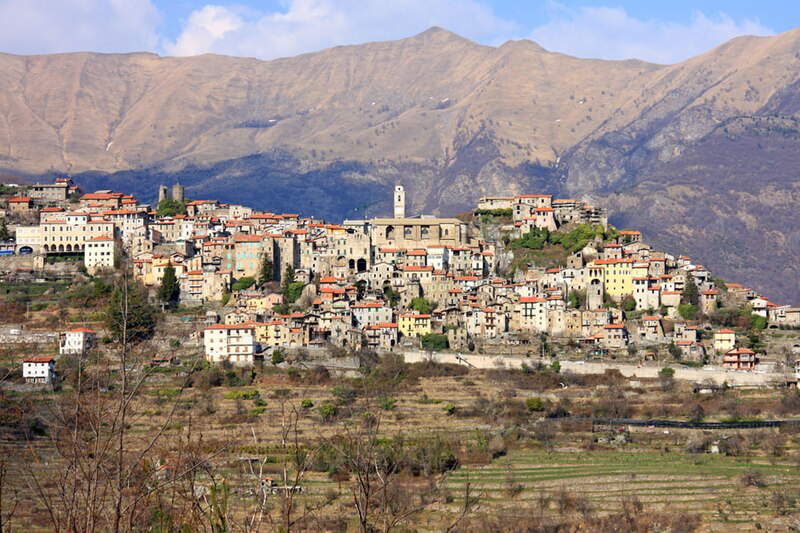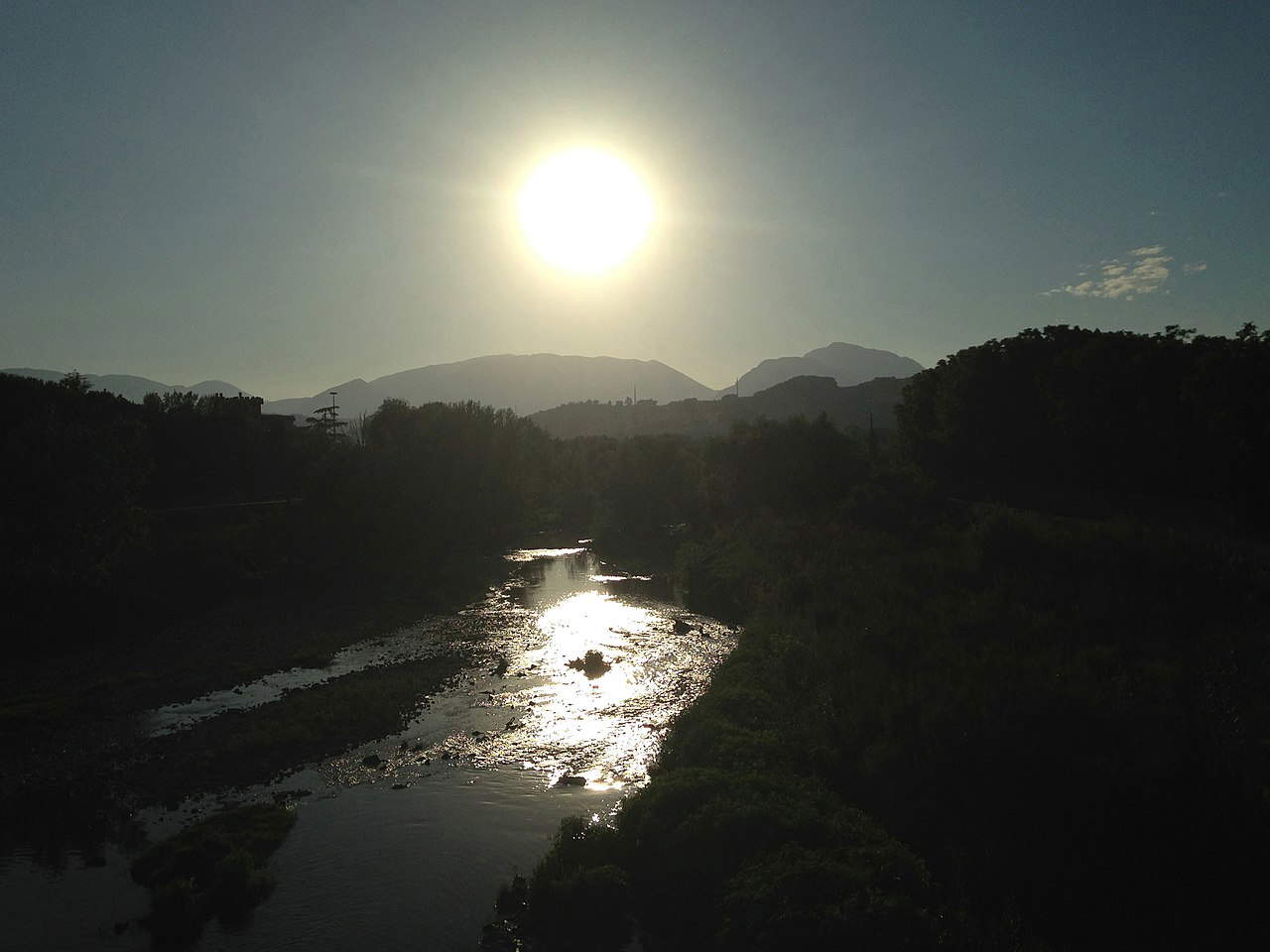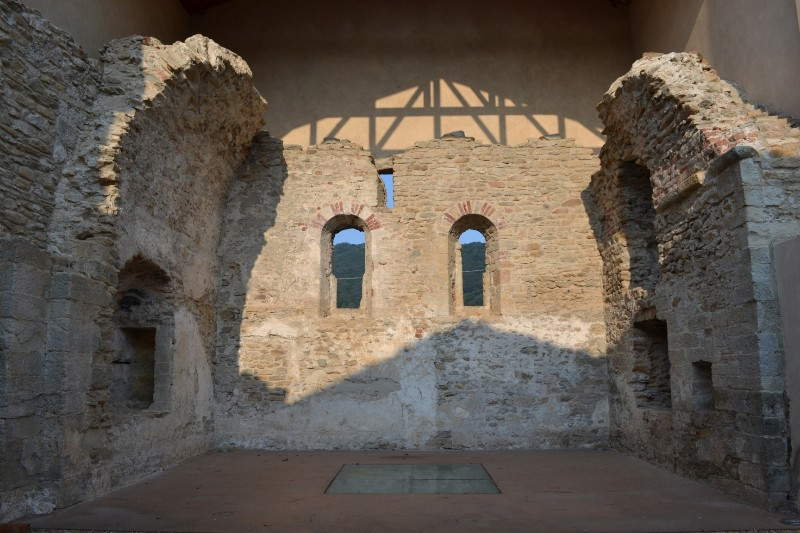Witch hunts marked a dark period in Europe between the 16th and 17th centuries, during which thousands of people, mainly women, were persecuted and executed for alleged links with witchcraft and the devil. This climate of terror and superstition was fueled by the widespread belief that witches possessed evil powers and practiced dark arts through pacts with the devil. Interest in magic and the search for means of pursuing it grew rapidly from the 13th century, but it was toward the end of the 15th century that witch hunts spread throughout Europe, with different characteristics in different countries. In Italy, for example, the recovery of classical culture led to the re-enactment of female creatures such as lamiae and striges, believed to be capable of sucking blood and taking on the appearance of birds. Recovered elements included metamorphosis through magical ointments, night flight and murders related to vampirism. Accusations against witches also included the ability to cause disease, famine, natural disasters and other evils, as well as the practice of spells and curses against people and livestock. Persecutions were often based on unfounded testimony, confessions extracted under torture, and popular beliefs rooted in ignorance and collective fear. In Italy, as in other European countries, witch hunts occurred in different regions, with trials and convictions taking place in various historical and social contexts. Here are five of the most significant places where witch hunts took place.
In the province of Imperia, Liguria, a short distance from Arma di Taggia, lies the charming village of Triora, nestled in the Argentina Valley. Renowned for its beauty and intense history, Triora offers fascinating and varied landscapes. In the 16th century, Triora was the scene of the largest witchcraft trial in the late 16th century, so brutal that it earned the nickname Salem of Italy. In 1585, during the rule of the republic of Genoa, Triora faced a severe famine, the exhausted population began to suspect that some women from the poorest neighborhood, Cabotina, were linked to the devil and guilty of horrible crimes, blaming them for the economic crisis. Thirty-five women were accused of witchcraft; nineteen, along with one man, were imprisoned in Genoa. Records of the trials and interrogations are now preserved in the Genoa State Archives. The fascination of this story, between reality and fantasy, persists among the narrow alleys of the Borgo and at the Ethnographic and Witchcraft Museum of Triora. In memory of these events, every year, on the first Sunday after Ferragosto (mid-August), Triora celebrates the Feast of Strigora, dedicated to witchcraft, evoking a dark but fascinating chapter in its history.

In the heart of Campania, in Benevento, the persecution of witches has deep roots. The Inquisition, led by the 1486 publication of the Malleus Maleficarum, organized a hunt for witches, known locally as janare, probably because of their connection to the cult of Diana or to Samnite and Greek deities such as Cybele. The fame of Benevento’s witches, emphasized by Pietro Piperno ’s 1647 book De nuce maga beneventana, may derive from the pagan rites of the Lombards along the Sabato River: women danced around a walnut tree with snakes, while warriors on horseback performed rituals on a goat skin. Despite their conversion to Christianity, the Lombards maintained rituals linked to Isis, considering the trees and waterways sacred. Along the Sabato River also, women gathered medicinal herbs and hallucinogenic plants. These rites, seen as demonic by Catholic Beneventans, were interpreted as witch sabbaths. The first complete account of the Benevento Witches dates from the trial of Matteuccia di Francesco da Todi in 1428, who was condemned as a “woman of very bad condition, life and fame, public enchantress, sorceress, mischief-maker and witch.”

The Schlern massif is shrouded in ancient myths and legends. In the Middle Ages, it was considered a meeting place for witches and demons. In the first decade of the 16th century, Presule Castle, then the seat of the Fié court, was the scene of a witch hunt, during which ten women were accused of practicing magic and witchcraft and burned at the stake. The 1506 trial took place at Castel Presule, with nine women convicted of witchcraft. A second trial followed in 1510. The trial proceedings, now housed in the National Museum in Innsbruck, record surreal accounts of women flying over the Schlern at night on broomsticks. One study later suggested that foods of the time, especially bread, contained hallucinogenic seeds, but this does not entirely explain the hostility toward outcasts, executed on questionable evidence and superstition. To commemorate those who died at the hands of the Inquisition, the Municipality of Fiè allo Sciliar erected a memorial stele at the entrance to the Castle, so that future generations will learn from the tragedy of ignorance and superstition, and stand against all forms of intolerance and marginalization.

In the village of Rifreddo, in the province of Cuneo, folk legends are passed down about women with supernatural powers and who in the past frightened the local community, called masche. Witch trials in the locality of Riffredo began on October 4, 1495, when magister Vito dei Beggiami, a friar of the order of the Friars Preachers of Savigliano and a theologian, initiated legal action against the “sect of the masche” of Rifreddo and Gambasca. That year, Rifreddo was the scene of violent persecution against alleged witches, with trials of three local women accused of heresy and witchcraft: Caterina Bonivarda, Caterina Borrella and Giovanna Motossa. The historical documents of the witch trials, found in the municipal archives, were recently studied by Professors Comba, Grado Merlo and Nicolini, who published the volume Lucea sometimes the moon. The Witch Trials of Rifreddo and Gambasca in 1495, with the support of the Municipality of Rifreddo and the Province of Cuneo. Annually, at the end of October, the village celebrates The Witches’ Nights, an event that enhances the local cultural heritage, with departures from the ancient Monastery of Santa Maria della Stella and excursions up to the striking Mombracco massif, which shows all its charm in autumn.

In the past, Valcamonica, located between the provinces of Bergamo and Brescia, established itself as the perfect home for witches for a number of reasons: the isolation of villages among dense forests, the persistence of ancient cults, for the ignorance that fueled beliefs in the occult, and for the Tonale Pass, which during thunderstorms, became the ideal place for the Sabbath, where witches and warlocks, perhaps influenced by local hallucinogenic plants, gathered around the fire. Five hundred years ago, between 1518 and 1521, Valcamonica, was the scene of one of the greatest persecutions of the modern age against women accused of witchcraft. Within a few years, between 62 and 80 witches were condemned to the stake on charges ranging from invoking drought to inducing disease in humans and livestock through spells. The prevalence of witch trials in Valcamonica is probably linked to the roots of pagan, particularly Roman, beliefs that had a hold on the valley. Several trials were conducted in Valcamonica, with the first recorded execution of witches in 1455, followed by others in 1510-12, 1516-17, and 1518-21. The glut of trials led Pope Leo X, on February 15, 1521, to ask the bishops of Veneto to intervene. Three prominent figures, including Agnese “capitana delle fattucchiere” and Messer Pasino “Cancelliere del Tonale,” were sentenced to death along with an anonymous courier. In 1521, the Venetian Republic, on July 31, imposed a blockade of the inquisition in the valley. Today, a plaque on the Federici Tower in Sonico, Brescia, commemorates those violent events, a symbol of a dark past that invites reflection on tolerance and against injustice.

 |
| Witch hunt: 5 places of persecution and witchcraft in Italy |
Warning: the translation into English of the original Italian article was created using automatic tools. We undertake to review all articles, but we do not guarantee the total absence of inaccuracies in the translation due to the program. You can find the original by clicking on the ITA button. If you find any mistake,please contact us.